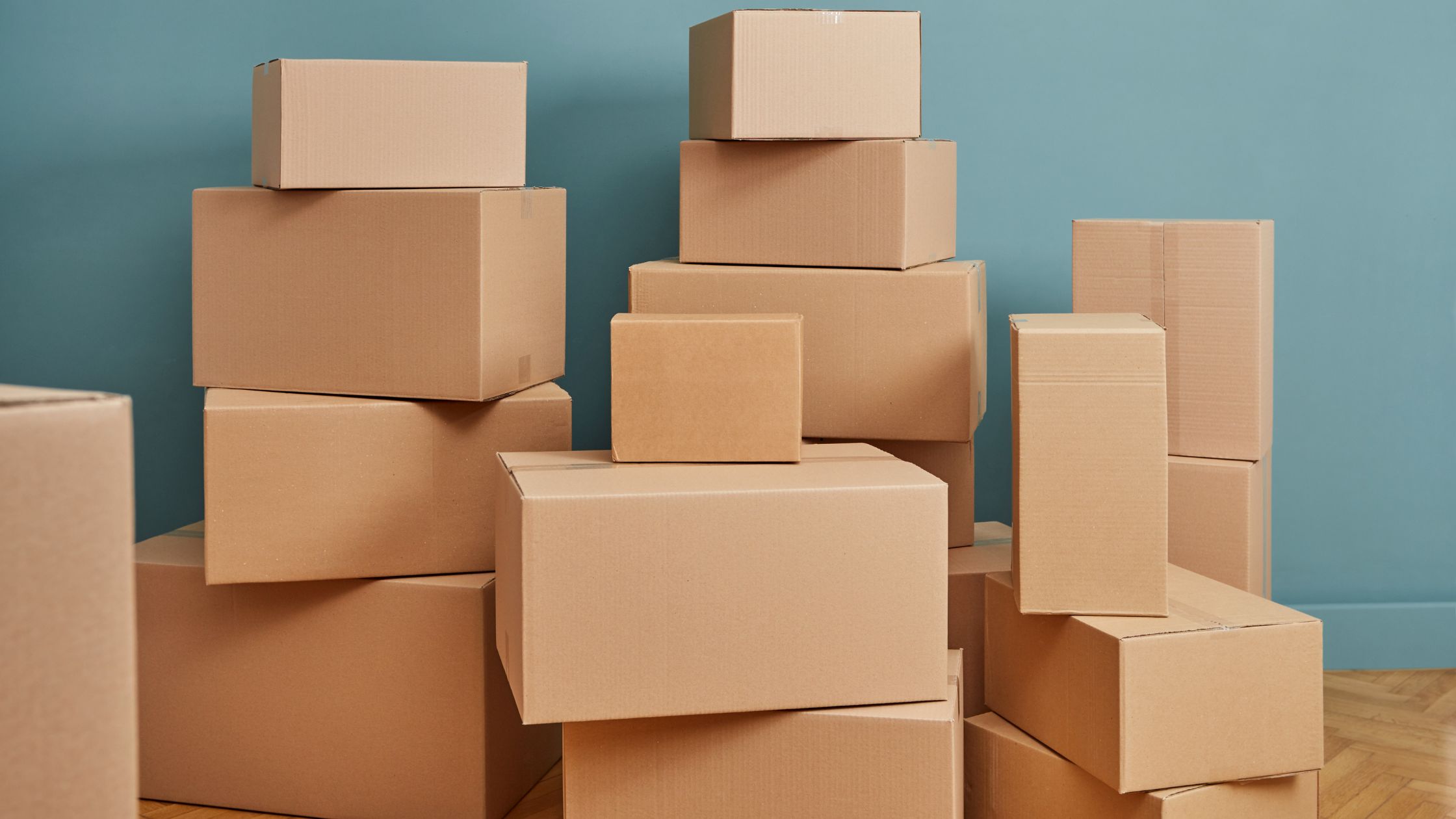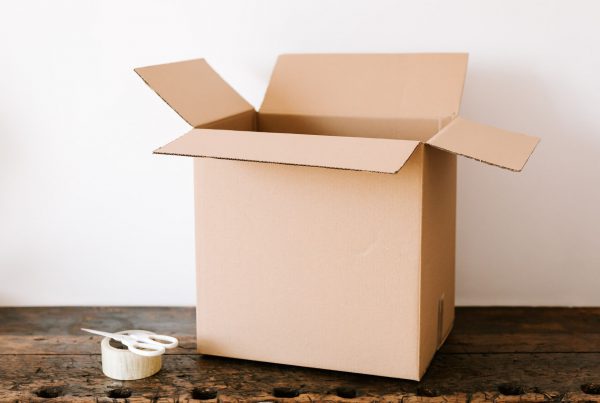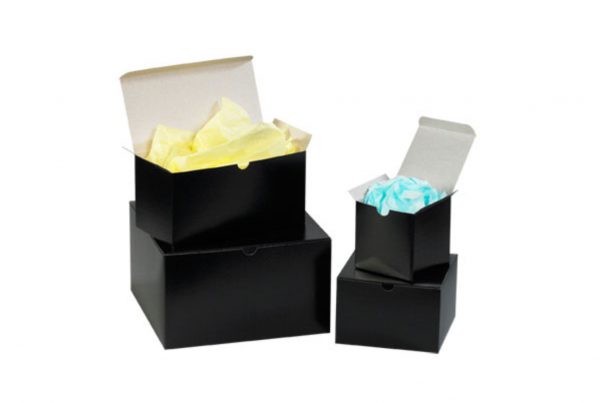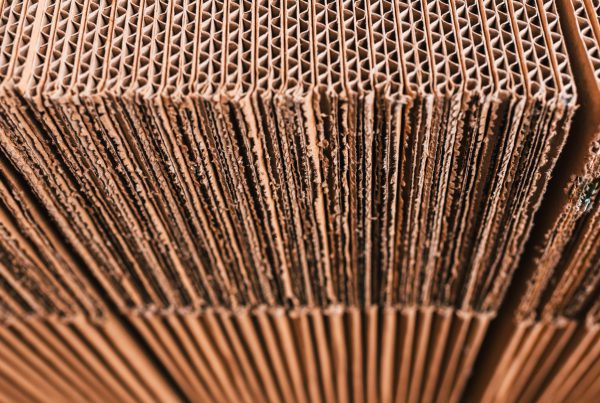Ever ship something light and still get a “how is this so expensive?” rate at checkout? Yeah—been there. It’s not magic, it’s the math of volume and weight. Carriers bill by actual weight and by how much space your parcel takes up. Pick a box that’s bigger than it needs to be, and you’ll pay a dimensional (DIM) penalty, even when the item barely weighs anything.
At The Boxery, we right‑size packaging, so you pay for protection—not for air.
Measure using interior dimensions and leave about 0.25 inches of clearance so products slide in without crushing corners. Weigh items on a reliable scale, consider corrugated thickness, and match the box style to the job: mailer for presentation, shipping cartons for stackability, and range. Do that, and your packing line moves faster—fewer surprises, fewer re-packs.
Key Takeaways
- Carriers price by weight and volume—box size directly changes the shipping cost.
- Use interior dimensions and add ~0.25″ wiggle room for fit and protection.
- Right-size strength—strong enough to protect, not so heavy it spikes rates.
- Standardize winning sizes to cut DIM fees and speed fulfillment.
- Match style to purpose—mailers for brand feel; shippers for range and stacking.
Buyer’s Guide Overview: The Boxery’s approach to choosing the right box
We start with your world: what you sell, who buys it, and how it should arrive. Then we map each SKU to a box that fits tightly and travels well—no guesswork, no oversized “just in case” cartons.
The short version: mailer boxes are self‑locking and brandable for a polished unboxing; shipping cartons are versatile, stackable, and budget‑friendly. For complex kits, custom inserts stabilize everything so the parcel opens clean and calm, not like a yard sale in a box.
- We align boxes to goals and product mix—balance cost with protection.
- We audit your packing workflow for quick, high‑impact wins.
- We document per‑SKU picks so new hires pack correctly on day one.
| Option | Best For | Benefit |
| Mailer | Brand‑forward items | Self‑locking, great unboxing |
| Shipping | Bulk and economy | Durable and cost‑effective |
| Custom Inserts | Kits and fragile products | Stability + elevated presentation |
Understanding Box Sizes and interior dimensions in inches
Before you order, measure the interior footprint. That’s the space your product actually gets—listed as L × W × D in inches. Exterior bulk triggers DIM, but the interior tells you whether it fits without extra infill. If you’re comparing options or planning tall profiles, it helps to browse real‑world Corrugated box dimensions to see how lengths, widths, and heights are stocked.
How to measure Length, Width, and Depth correctly
Length = side to side. Width = front to back. Depth = top to bottom. Use a rigid tape, measure twice, and write it down. Accuracy here saves you days later.
Why interior dimensions in inches determine true fit
Interior inches are the common language for packaging, carriers, and designers. They reveal usable space for the product and any inserts. If the interior is wrong, things shift, crush, and break.
Allowing 0.25 inches of wiggle room to protect products
Add roughly 0.25″ on each side so items slide in, corners don’t stress, and tape doesn’t bow. Odd shapes? Measure the tallest, widest, and deepest points, and include chargers, literature, all of it—then confirm the final fit.
Weight, Box Strength, and DIM: the cost drivers behind shipping
Carriers compare actual weight vs. dimensional weight and bill the higher one. Overbuilt walls add pounds and cost; underbuilt walls risk damage and returns. Our north star is balance—just enough strength to arrive safely, nothing extra that bloats fees.
Practical steps to lower recurring costs
- Test pack‑outs on a scale and run them through a DIM calculator—find the thresholds.
- Right‑size to reduce air and drop a DIM tier when possible.
- Match flute/strength to packed weight; use inserts to stabilize without adding mass.
- Standardize the winners so your team packs the same proven way every time.
| Cost Driver | Effect | Quick Fix |
| Actual weight | Can trigger higher freight brackets | Use lighter infill and leaner board where safe |
| DIM (volume) | Charges for occupied space, not mass | Right‑size and reduce air |
| Box strength vs mass | Stronger corrugation can add pounds | Match the flute to the product density |
We’ll map breakpoints for you and retest as your product mix and carrier tables change. Keeps bills predictable.
Selecting the right corrugated type and box style
The corrugation you pick influences protection, weight, and the story your parcel tells at unboxing. Mailer boxes are quick to assemble and look great on camera. Shipping boxes scale for wholesale, restocks, and stacks. If you’re sending long or upright items, our range of Tall corrugated boxes covers tricky profiles without custom runs.
When thicker cardboard is needed for fragile items
Fragile goods deserve heavier flutes or double‑wall. Thicker board resists punctures and absorbs shock. A snug interior keeps pieces from rattling; inserts protect edges and finishes.
Common mailer and shipping Box Sizes with use cases
After thousands of pack‑outs, a short list of Corrugated box sizes covers most SKUs without overpacking or DIM surprises.
Mailer recommendations (compact, brand‑forward)
4 × 4 × 2 — jewelry, USB drives. 6 × 6 × 2 — cosmetics, small mugs. 8 × 5 × 3 — stationery and small tech. Step up to 8 × 6 × 4 or 9 × 8 × 3 for accessories and subs; 10 × 9 × 4 for clothing or small electronics; 14 × 10 × 4 for shoes or apparel gift sets.
Shipping recommendations (sturdy, stackable)
6 × 6 × 6 fits mugs and candles. 8 × 8 × 8 for books/kitchenware. A 10 x 8 x 6 box is a workhorse for small electronics and kits. Larger runs—12 × 12 × 10, 14 x 14 x 8 box, up to 20 × 18 × 12—cover bedding, small appliances, and bulk orders. Need a big, trim‑to‑fit option? The 36x36x36 box with multi‑depth scores lets you cut down as needed.
| Type | Typical use | Quick benefit |
| Mailer | Jewelry, apparel, small electronics | Presentation + low void |
| Shipping | Books, kitchenware, appliances | Stackability + protection |
| Custom | Odd‑shaped or multi‑item kits | Efficiency that saves on shipping |
Pro tip: match products to the nearest size that doesn’t crush corners. Less void = less DIM risk.
Carrier flat‑rate and standard options: USPS, UPS, and FedEx at a glance
Carrier packaging can make your costs predictable. USPS flat‑rate is great for dense items; UPS and FedEx offer flat tiers plus broad standard sizes. We help you test representative orders so you don’t get surprised in the cart.
USPS Priority Mail Flat Rate: envelopes to large boxes
From envelopes (12.5 × 9.5) to a board game carton (23 11/16 × 11 3/4 × 3), USPS gives fixed prices for fixed interiors.
UPS flat‑rate tiers and common sizes
Extra Small through Extra Large tiers; common examples include 6 × 6 × 6, 8 × 8 × 8, 12 × 12 × 7, 12 × 12 × 12, and 16 × 12 × 9.
FedEx standard, specialty, and flat‑rate packaging options
Standard cartons (8 × 8 × 8; 14 × 14 × 14; 20 × 20 × 20), plus specialty forms for golf, bike, guitar, and TV.
| Carrier | Key benefit | Good for |
| USPS | Fixed price by carton | Small parcels, flat‑rate envelopes |
| UPS | Multiple flat tiers | Predictable regional shipping |
| FedEx | Standard + specialty | Electronics and odd‑shaped items |
Optimizing packaging efficiency without sacrificing protection
A smarter pack‑out removes empty space and adds support where it matters, so fragile goods land intact. We dial in inserts/dividers that stop motion without inflating weight—so your parcels survive drops, not your margins.
Right‑sizing to cut air space, infill, and DIM costs
Right‑size first, then pick inserts. The Boxery pairs the correct box and insert to eliminate rattles, damage, and returns.
Using dividers and inserts for kits, bundles, and fragile items
Dividers organize, protect surfaces, and make unboxing satisfying. Lighter, smarter materials keep mass down without compromising safety.
We test drop, vibration, and compression so you go live with confidence.
Planning for product types: fragile, heavy, and bulky‑but‑light
Different families need different rules, so your team can pick fast and pack right. We set decision points by category to reduce errors and speed the line.
Fragile items: thicker walls, inserts, and snug fits
Use heavier corrugated and targeted inserts to keep delicate edges off hard surfaces. Snug, not tight.
Heavy items: compact footprints and double‑walled options
Choose compact footprints, keep weight centered and low, and consider double‑wall for stacking strength.
Bulky‑but‑light goods: extra‑large cartons and DIM considerations
These eat volume and trigger DIM fees. Right‑size, compress soft goods when safe, and document safe clearances per SKU.
| Product Type | Primary Rule | Quick Benefit |
| Fragile items | Thicker walls + inserts | Improved protection, fewer returns |
| Heavy items | Compact footprint + double‑wall | Stackable, safer transit |
| Bulky‑but‑light | Right‑size to reduce volume | Lower DIM fees, less wasted space |
Moving and specialty packaging insights that translate to e-commerce
Relocation tricks work wonders in ecommerce: wardrobe cartons with bars protect premium apparel; dish packs with cells keep glass safe; picture/mirror sets telescope to fit art. Steal the structure, skip the extra SKUs.
Wardrobe, dish pack, picture/mirror, and TV boxes: when to use them
Wardrobe style keeps clothing on hangers and unwrinkled; dish packs use thicker walls and cells; picture/mirror cartons telescope to fit; TV cartons brace corners and faces for big screens and panels.
Measuring once, shipping right: process and tools
Consistency beats heroics. A short checklist and reliable tools cut errors and save time at every station.
Product measurement checklist and reliable scales
Use a calibrated shipping scale, record interior inches in your system, and measure twice. Keep tape, cutters, corner protection, and spare labels at each bay to maintain flow.
Inventory‑to‑box mapping for consistent costs across SKUs
When each product has a designated carton, pickers move faster, and costs stop drifting. Map SKUs to the smallest reliable interior and hold the line.
- Use DIM calculators and rate tables to avoid threshold spikes.
- Document exceptions (oversize and kitted sets) so packers know when to switch.
- Consolidate multi‑item orders when it saves without risking damage.
- Keep a living matrix and update it as goods or demand change.
Procure the matrix so you have the right boxes in stock before the peaks hit.
How The Boxery helps you choose, customize, and scale
We start by learning how your products travel—what fits, what rattles, what delights on arrival. Then we design packaging that protects value and strengthens your brand. From custom‑fit sizes and printed interiors to inserts and protective laminates, we turn packaging into a strategic asset that ships efficiently and looks sharp.
Custom‑fit sizes, branding, and enhancements
Custom sizes and printed interiors make every parcel a touchpoint. We’ll recommend inserts/dividers that secure fragile pieces without adding mass.
Advising on selection for shipping and mailers
We help you choose the right box and the right size so each shipment looks good and moves efficiently. From starter runs to enterprise rollouts, we sync artwork, cartons, and timelines—testing pack‑outs before you scale.
Conclusion
A short, tested list of sizes saves time on the line and money on the bill. Start with accurate interior measurements in inches, add that 0.25‑inch allowance, and match board strength to the payload. Keep a short, tight list of mailers and shippers, train the team on a single rule set, and document SOPs so packing is fast and consistent. The Boxery will map your orders to best‑fit sizes, test protection, and help you scale—on budget, on brand, on time.
FAQ
How do box sizes affect my shipping rates and packaging efficiency?
Your dimensions and weight shape costs. Carriers use actual or DIM—whichever is greater. Oversized interior volume costs more, even if the item is light; wasted air means more infill and higher DIM. Right‑sizing reduces volume and controls both fees and materials.
What is The Boxery’s approach to choosing the right box for my product?
We match interior dimensions and corrugated strength to shape, weight, and fragility, then pick mailers or shippers that minimize empty space. Inserts prevent movement. Everything balances protection, branding, and cost.
How should I measure length, width, and depth correctly?
Measure the longest side as length, the next longest as width, and the shortest as depth. Always measure inside the box—interior inches are the true fit.
Why do interior dimensions in inches matter more than exterior measurements?
Interior dimensions determine if the product and its cushioning fit without compression. Exterior size affects DIM, but interior inches tell you if the product will ride securely.
How much wiggle room should I allow between product and packaging?
About 0.25 inches on each side for most products—enough to avoid pressure points and allow a thin protective wrap.
What’s the difference between actual weight and dimensional weight?
Actual weight comes from the scale. DIM weight is volume divided by the carrier’s divisor. You’re billed on whichever number is higher.
How do I balance corrugated strength with total packed weight?
Choose flute and wall construction to match packed weight and stacking needs. Light items = single‑wall; heavy/stacked = double‑wall or reinforced.
When should I choose mailer boxes versus shipping boxes for e-commerce?
Mailers for small electronics, apparel, and gifts where presentation matters. Shippers for heavier goods, multiples, or anything needing extra strength and broader sizes.
How do I find typical sizes for common products?
Start with proven ranges in this guide and browse stocked options as needed. If you’re planning long upright items, review our stocked Corrugated box dimensions, and if you need category breadth, scan all current Corrugated box sizes to calibrate your shortlist.
How do USPS, UPS, and FedEx options compare?
The USPS flat‑rate is predictable for dense items. UPS and FedEx have flat tiers, but their standard networks price heavily on size and weight—test your average parcel profile to choose.
What specific size boxes should I consider for common shipments?
We often recommend a versatile trio: a small workhorse like a 10 x 8 x 6 box, a mid‑range option such as a 14 x 14 x 8 box, and a trim‑to‑fit oversized option like the 36x36x36 box when you need volume flexibility.





Recent Comments